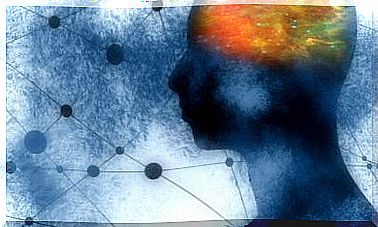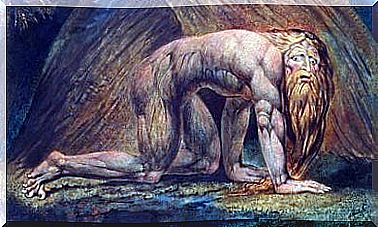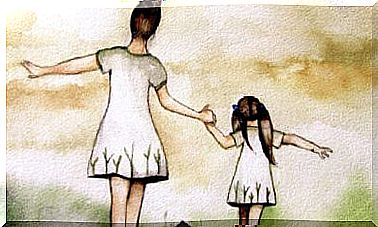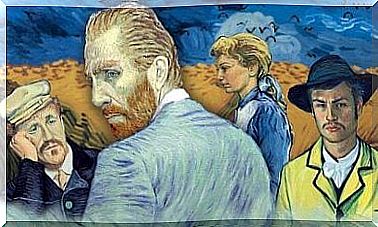The Cases Of The Phantom Members

The issue of consciousness continues to raise questions for which we have no answers. On the other hand, there is still no unified and complete definition of what it means. In fact, there are neurological phenomena, such as the cases of phantom limbs, that lead us to think that we do not really have one, but many consciences. In addition, we would only access some of them in exceptional conditions.
Phantom limb cases have been described by various neurologists , including the famous Oliver Sacks and VS Ramachandran. What they have told us has to do mainly with altered forms of consciousness that arise after having suffered amputations or paralysis. There is still no certainty if in these cases there is a fragmentation of consciousness, or an emergence of parallel consciousness.
These different forms or expressions of consciousness lead to what in our eyes can be a very great cognitive dissonance and that can even seem like a delusion. The cases of phantom limbs show that we are still far from fully understanding the brain.
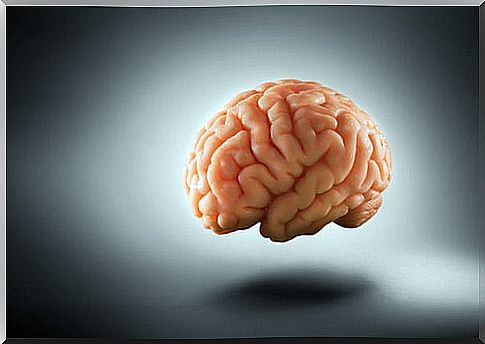
One of the ghost limbs cases
The case of people who lose a member of their body , but continue to feel it as if it were there, is well known. These are known as “phantom limbs” and they generate absolutely real experiences for those who have suffered an amputation. However, these members often generate not only physical symptoms, but also psychological ones.
One of Oliver Sacks’ ghost limb cases involves a sailor who lost his index finger in an accident. By the time the accidental amputation occurred, the index was fully extended. After the event and the surgery, the sailor continued to feel his finger. He felt it extended, like when he lost it, becoming a threatening element.
When this sailor put his hand to his face, he felt fear . Thought the ghost finger might gouge out an eye. He himself knew that this was impossible, but he was not without that feeling – no matter how much his logic ruled it out. Later he developed a diabetic disease that took away the sensitivity of his hand, with which the phantom finger also disappeared.
Pain, non-existent?
There are also many people who experience pain in the amputated limbs. It is a dramatic condition that is difficult to solve. Sacks also tells the case of a man who felt the pain of an ingrown toenail that he no longer had. There was no way to ease her discomfort.
Another man spoke of the “bad ghost” of his amputated leg. This caused him to feel spasms, to curl his nonexistent “fingers” upward.
This phenomenon was especially intense at night or when standing still. Strangely, everything disappeared when the prosthetic leg was put on. This was the “good ghost” and it made all those symptoms go away.
The funny thing is that when a person does not have that phantom limb sensation, we are talking about a medical problem. In these cases, it is very difficult for patients to learn to use the prostheses intended to replace the limb they lost. Therefore, this phenomenon is both a problem and a part of the solution.
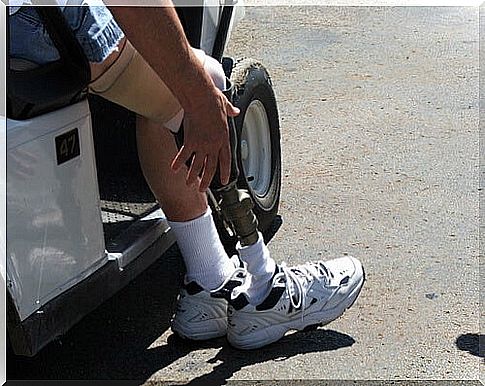
Nora’s case
Another case of the phantom limbs is that of Nora, a patient whom VS Ramachandran refers to in his works. We are talking about an older woman, who suffered from paralysis in her legs and in her right arm.
The doctor, however, asked her if she had recently walked, to which she answered in the affirmative. She wasn’t lying, there was actually a kind of break in what the word “walk” meant to her.
He also said that he could move his paralyzed arm. In one of the episodes described, the doctor asked him to touch the tip of his nose. She claimed to be doing it, even though her arm remained completely wanting. The doctor took her hand, showed it to her and asked who it was from. She replied, ” It is my mother’s hand .”
The doctor immediately asked him to touch the tip of his nose again. Then Nora took her right hand (“her mother’s hand”), with her left hand and directed it to do what the doctor asked her to do. It is clear that in this case there was a kind of fragmentation of consciousness, which had nothing to do with a mental disorder, but with a certain chaos in perception. Even science does not fully explain the reason for these phenomena.

